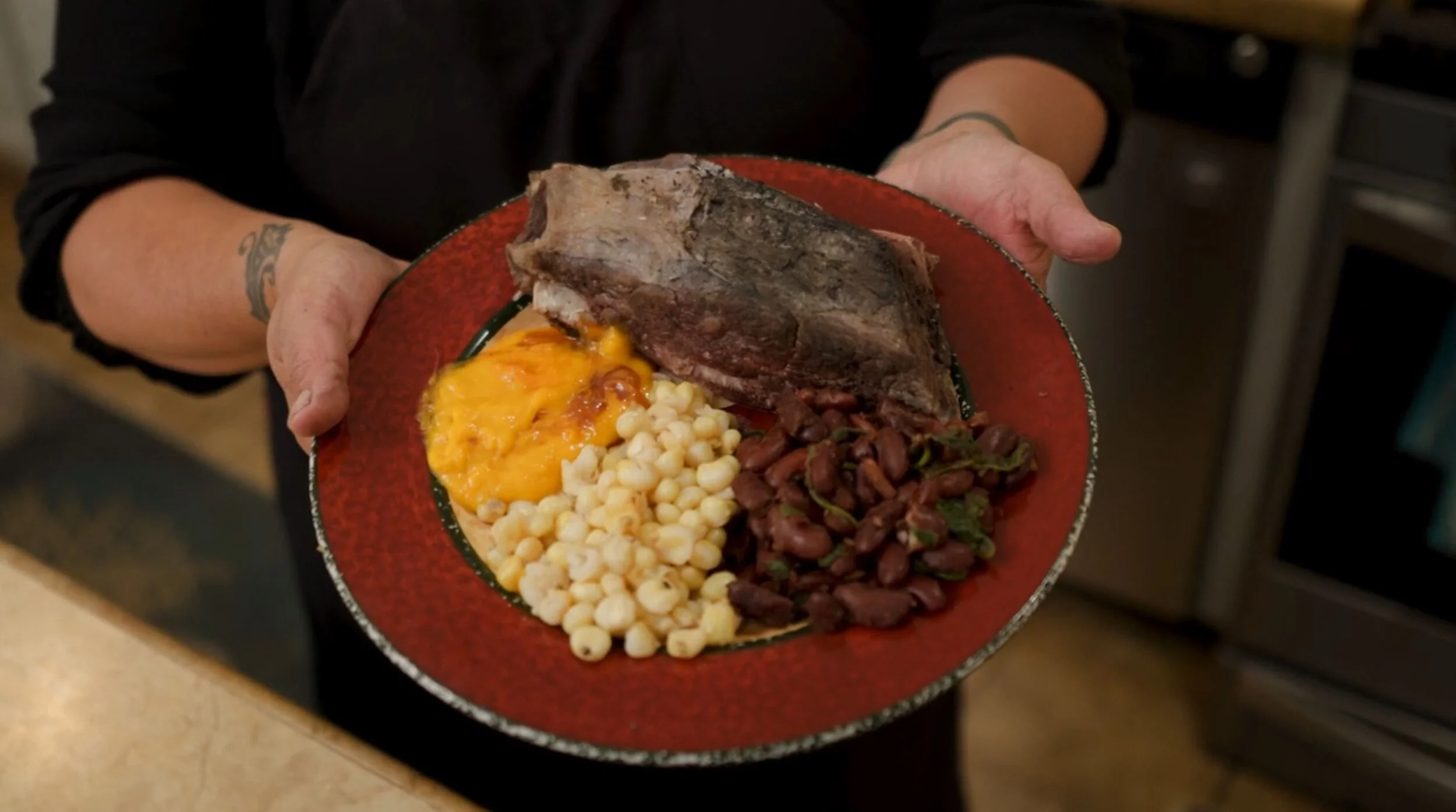Flower Hill Institute’s Sharing Indigenous Foodways Program highlights the food sovereignty movement in Indigenous communities.
According to the Declaration of Nyéléni, food sovereignty is defined as “the right of peoples to healthy and culturally appropriate food produced through ecologically sound and sustainable methods, and their right to define their food and agriculture systems.” FHI aims to bring light to the food sovereignty movement by providing cooking demonstrations by Native American Chefs/Tribal Community members in the Southwest of New Mexico.
FHI has received a grant from the Native American Agriculture Fund to implement the Sharing Indigenous Foodways Program. Through this program, we feature Native American Chefs and Community Tribal members. We offer them space to elevate their voice and highlight their work by providing a video, narrative, and podcast for a general audience. The videos and podcasts provide information about preparing traditional foods, educational tips for healthy cooking techniques, creating dialogue around the food sovereignty movement, and, most importantly, maintaining homegrown food systems.
The chefs and tribal members share their demonstrations from an Indigenous perspective. Chefs and tribal members either prepare a traditional meal or use an edible plant and/or animal to prepare a medicinal remedy.
Below you will find the chefs and tribal member’s recipes and videos.
Video credit: Vladimir Chaloupka












